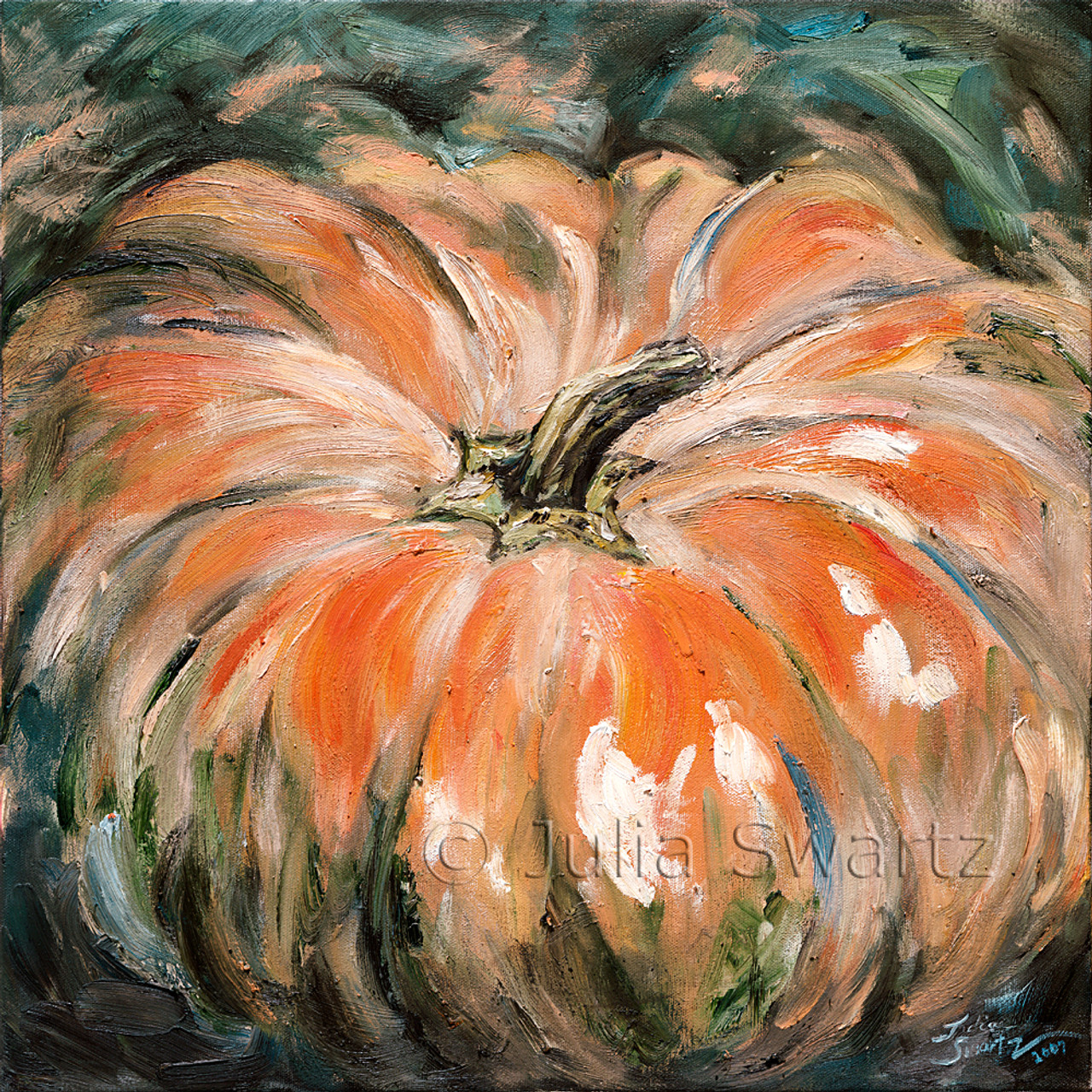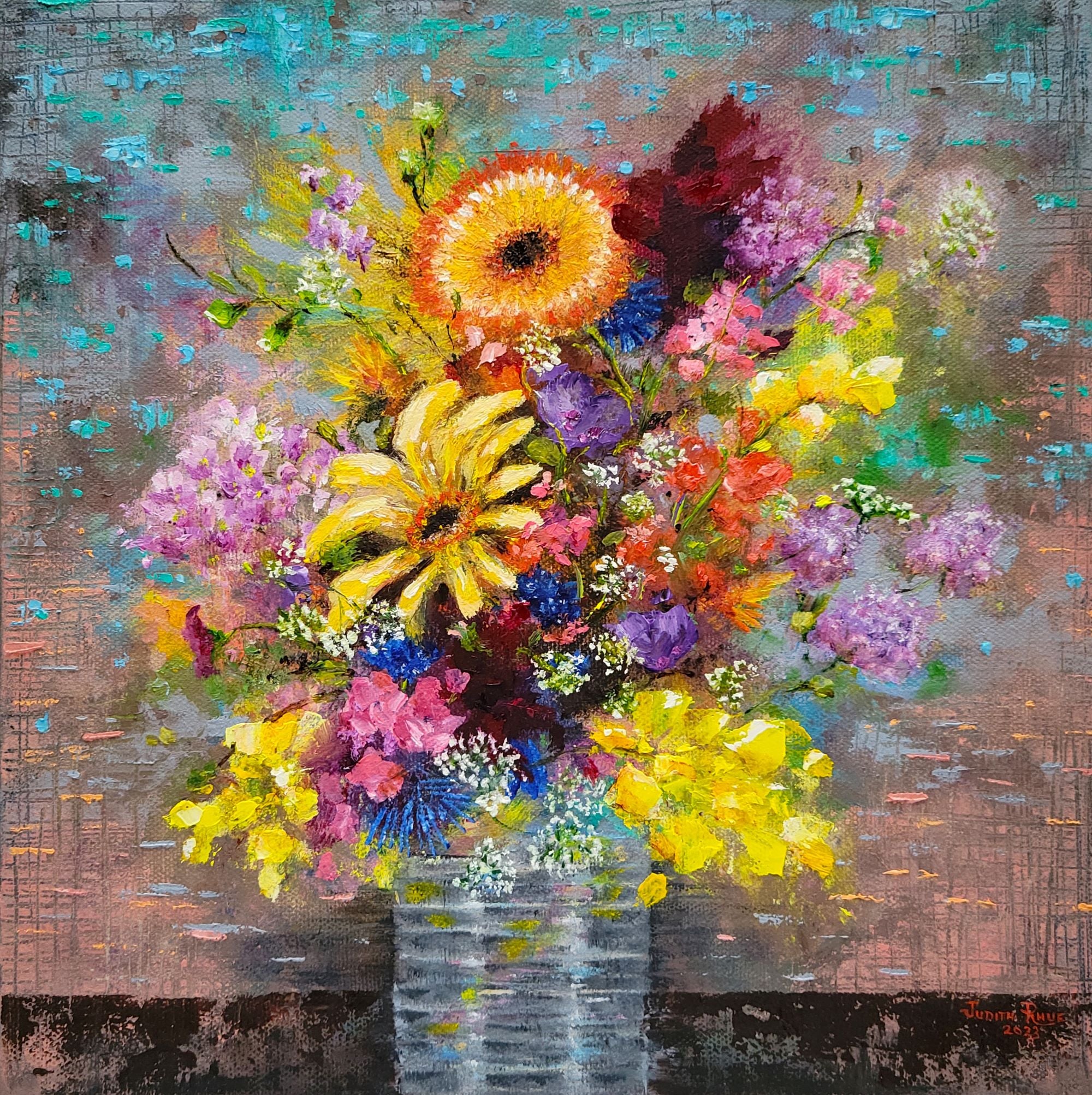The Benefits of Buying Oil Paints: Why They Are a Timeless Investment
The benefits of getting oil paints extend beyond mere appearances. These art work bring historical importance and cultural value, making them rewarding additions to any kind of collection. Their one-of-a-kind textures and strategies add to an interesting visual experience. Recognized musicians typically see their job value over time, providing a prospective financial benefit. As one checks out the diverse factors for purchasing oil paints, the much deeper implications of such an option ended up being increasingly evident
The Visual Allure of Oil Paintings
The attraction of oil paintings lies in their rich structures and lively shades, which can transform any type of area right into a remarkable setting. These art work have a deepness that captivates customers, attracting them right into the intricacies of the brushstrokes and the interplay of light and shadow. The glossy surface of oil paint enhances the aesthetic experience, enlivening scenes and topics in a manner that other tools frequently can not accomplish. Furthermore, the range of designs-- from classical to contemporary-- permits a diverse option that can complement any design. The psychological vibration shared via color choices and methods includes a layer of connection between the observer and the art work, making oil paints not just ornamental things, yet effective expressions of creative vision.
Historical Importance and Cultural Value
Oil paints offer as essential web links to a creative heritage, showcasing strategies and designs that have evolved over centuries. They encapsulate social expressions and identities, reflecting the worths and narratives of their time. By obtaining these jobs, people add to the conservation of history and the appreciation of varied cultural legacies.
Imaginative Heritage Preservation
While many might ignore the importance of creative heritage, purchasing oil paints plays an important role in maintaining social and historical stories. These artworks act as visual documentation of their time, recording the significance of societal worths, customs, and historical events. By obtaining oil paintings, collectors add to the protecting of social heritages, making certain that future generations can appreciate and find out from these creative expressions. Each item shows the unique story of its developer and the context in which it was made. In addition, the continued recognition and display of oil paints in different setups aid to cultivate an understanding of varied artistic activities, enriching the cultural landscape. As a result, investing in oil paintings is not simply a financial choice however an act of cultural stewardship.
Social Expression and Identification
Art offers as an effective medium for cultural expression and identity, showing the varied narratives that shape cultures. Oil paintings, particularly, catch the essence of cultural heritage, illustrating sociopolitical environments and historic contexts. Each brushstroke communicates tales and feelings distinct to particular practices, permitting viewers to engage with the musician's social history. This link cultivates a feeling of understanding and belonging amongst various neighborhoods. Furthermore, oil paintings typically act as visual documentation of cultural advancement, showcasing changes in identification over time. The financial investment in these artworks not just sustains musicians however also preserves social legacies, making them considerable properties for enthusiasts. Ultimately, oil paintings enhance one's recognition for the intricacies of human experience and the abundant tapestry of social identity.
Admiration in Value Over Time

The recognition of oil paints in time is affected by numerous variables, consisting of historical value fads that show transforming preferences and cultural importance. In addition, the online reputation of the musician plays a crucial duty in figuring out the art work's market worth, frequently boosting as the artist gains recognition. Market demand changes can even more influence rates, making oil paints a potentially rewarding investment for collectors.
Historical Value Trends
As collection agencies seek to spend in substantial properties, the historic worth trends of oil paintings expose a compelling narrative of appreciation over time. Historically, oil paints have actually shown a regular upward trajectory in value, specifically for jobs by recognized musicians. Economic cycles and market demand have affected these fads, with periods of boosted interest frequently causing considerable rate surges. Public auction records frequently highlight the remarkable returns achieved by legendary items, additionally strengthening the notion of oil paints as viable lasting investments. Additionally, social activities and shifts in collector choices have sometimes spurred unanticipated recognition, revealing that the art market, while rather uncertain, normally favors quality oil paintings. Comprehending these historical fads can lead capitalists in making notified decisions.
Musician Track Record Impact
While the reputation of a musician plays a necessary duty in the admiration of oil paints, it is very important to recognize that this effect can vary significantly based upon several factors. Developed musicians, especially those with a substantial historic or cultural impact, often tend to see their jobs appreciate much more swiftly. On the other hand, lesser-known or arising artists may not experience the same level of need, impacting their art work's value. In addition, the artist's ability to produce a regular body of job and maintain significance in the art globe can influence long-term gratitude. Collection agencies frequently look for jobs from musicians that are recognized by respectable galleries and institutions, which can further improve the value of an oil painting over time, making artist credibility a crucial factor to consider in financial investment choices.

Market Need Fluctuations
Just how do market demand fluctuations influence the appreciation of oil paintings in time? The value of oil paintings is intrinsically connected to market demand, which can differ based upon economic problems, patterns, and collectors' choices. In times of economic success, demand usually increases, causing enhanced rates as even more purchasers enter the market. On the other hand, throughout economic declines, need might diminish, triggering worths to go stale or perhaps decline. Furthermore, the popularity of certain artists can move, impacting their work's value. Inevitably, understanding market need is essential for investors, as well-managed collections can appreciate significantly gradually, showing both the ability of the musician and the wider market characteristics. This interaction highlights the significance of tactical getting in oil paint financial investments.
One-of-a-kind Structures and Strategies
Oil paintings captivate audiences with their unique structures and strategies, showcasing the musician's proficiency over the tool. The thick application of paint, called impasto, produces a three-dimensional impact, welcoming touch and improving visual deepness. Artists commonly employ various brush strokes, layering, and glazing methods to attain luminous shades and elaborate details. This versatility permits for abundant contrasts and refined changes, making each artwork uniquely meaningful. The slow drying time of oil paint makes it possible for artists to mix shades effortlessly, resulting in vibrant colors and smooth slopes. These methods add to the painting's overall character, making it an engaging focal factor. Each oil painting acts as an indicator of the creativity and ability inherent in standard imaginative methods.
Flexibility in Home Design
The one-of-a-kind textures and techniques of oil paintings not just showcase artistic ability but likewise boost their flexibility in home decor. These art work can seamlessly match various interior designs, from modern-day minimalist to typical style. Oil paintings serve as focal points, attracting focus and stimulating discussion among visitors. Their rich shades and depth click here can balance with various shade schemes, making them versatile to altering layout trends. Additionally, the emotional resonance of oil paintings can produce atmosphere, whether it be heat in a comfortable living area or vibrancy in a creative work area. By integrating oil paintings, property owners raise their areas, changing them right into attentively curated settings that reflect personal taste and artistic gratitude. Ultimately, oil paintings are an enduring choice for enhancing home appearances.
Link to Prominent Artists
While many art kinds can evoke affection, buying oil paintings commonly establishes an unique connection to prominent musicians throughout background. Owning an oil painting enables enthusiasts to involve with the imaginative visions of masters like Van Gogh, Monet, and Rembrandt. Each brushstroke personifies the musician's objectives, emotions, and methods, providing understanding into their world. This link goes beyond time, as each piece lugs a narrative that reflects the historical and social context of its production. Enthusiasts not only acquire a job of art however also a piece of the artist's legacy. As art enthusiasts discover the tales behind these paints, they acquire a much deeper recognition for the workmanship and creative movements that formed their advancement, boosting the value of their financial investment.
Emotional and Emotional Advantages of Art
Art often offers as an effective driver for emotional and emotional well-being. The existence of oil paintings in a space can stimulate an array of emotions, from tranquility to ideas. Their elaborate information and lively shades offer visitors a retreat, allowing for representation and contemplation. Researches suggest that engaging with art can minimize anxiety and anxiousness, fostering a sense of calmness. In addition, having initial art work can create a personal connection, boosting sensations of pride and delight. This emotional bond often leads to a deeper gratitude of one's environments, changing a home right into a home. Eventually, the emotional advantages of art prolong beyond appearances, adding to total psychological wellness and enhancing life experiences.

Often Asked Inquiries
Exactly how Do I Choose the Right Oil Painting for My Area?
Choosing the right oil painting includes considering the room's color system, size, and total aesthetic. One need to examine individual taste, the paint's emotional effect, and how well it enhances existing design prior to deciding.

What Variables Influence the Value of an Oil Painting?
The worth of an oil paint is influenced by elements such as the artist's online reputation, provenance, historical relevance, condition, rarity, and market need. Each element contributes to overall worth and charm amongst collectors.
Just How Can I Take Care Of and Preserve My Oil Painting?
To take care of and preserve an oil paint, one need to on a regular basis dirt it with a soft fabric, stay clear of straight sunlight direct exposure, control moisture degrees, and consider expert cleansing to maintain its vibrancy and honesty.
Exist Specific Musicians Recognized for Their Oil Paintings?
Various artists are renowned for their oil paints - oil paintings for sale. Noteworthy numbers include Vincent van Gogh, Claude Monet, and Rembrandt, each celebrated for their distinct methods and contributions to the art world via vibrant, textured oil mediums
Where Can I Purchase Genuine Oil Paints?
Genuine oil paintings can be bought from respectable galleries, art fairs, and on the internet platforms specializing in art. Collectors must validate the credibility and provenance prior to purchasing to guarantee a beneficial financial investment. Historically, oil paintings have shown a regular higher trajectory in worth, particularly for jobs by well-known artists. While the track record of a musician plays an important function in the gratitude of oil paints, it is essential to recognize that this influence can vary considerably based on several factors. Oil paints astound audiences with their distinctive appearances and methods, showcasing the artist's proficiency over the tool. While numerous art forms can evoke admiration, acquiring oil paintings usually develops an unique connection to renowned artists throughout background. The value of an oil paint is affected by aspects such as the musician's credibility, provenance, historical value, condition, rarity, and market demand.